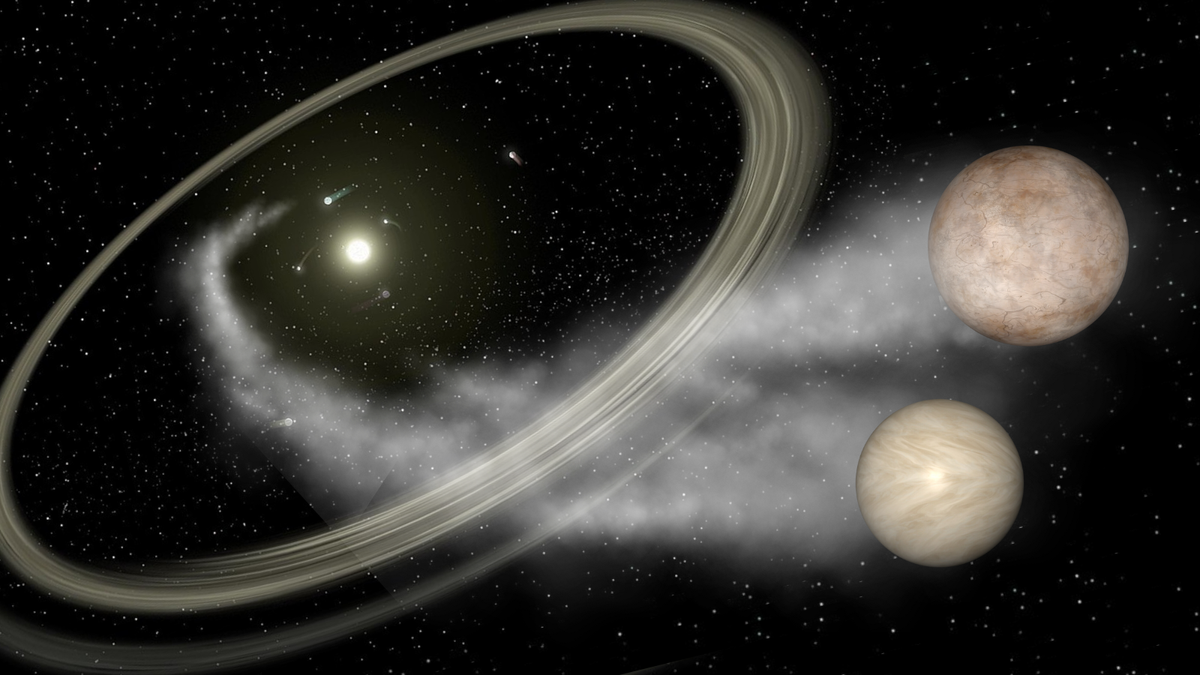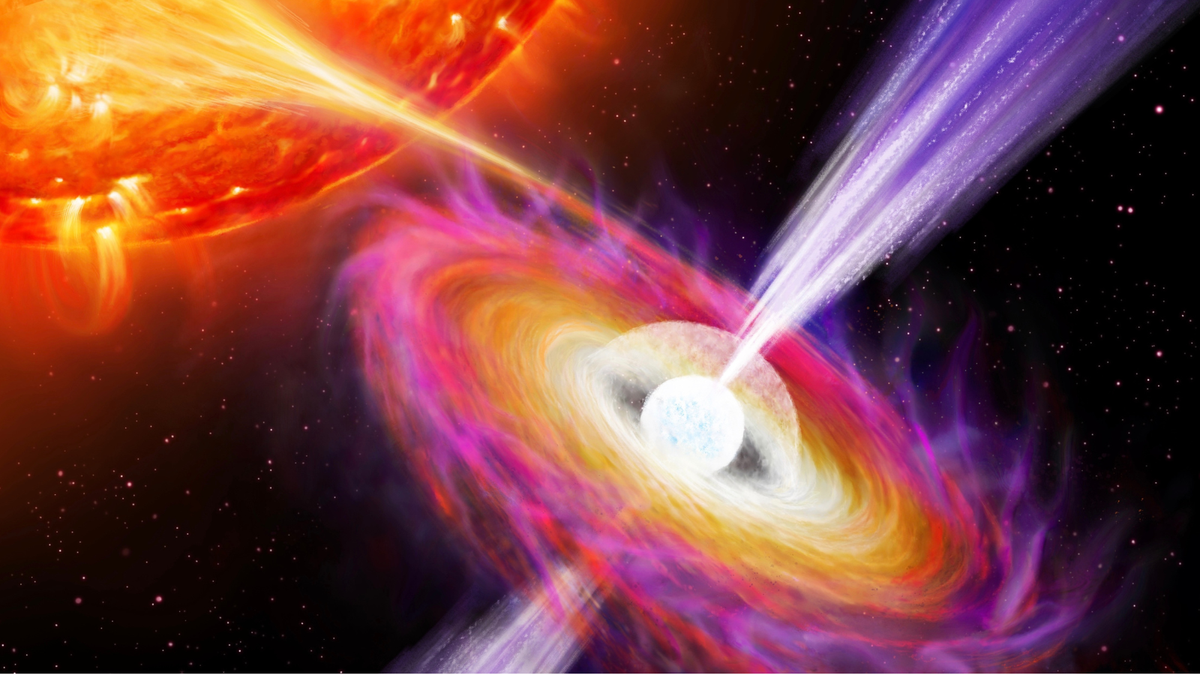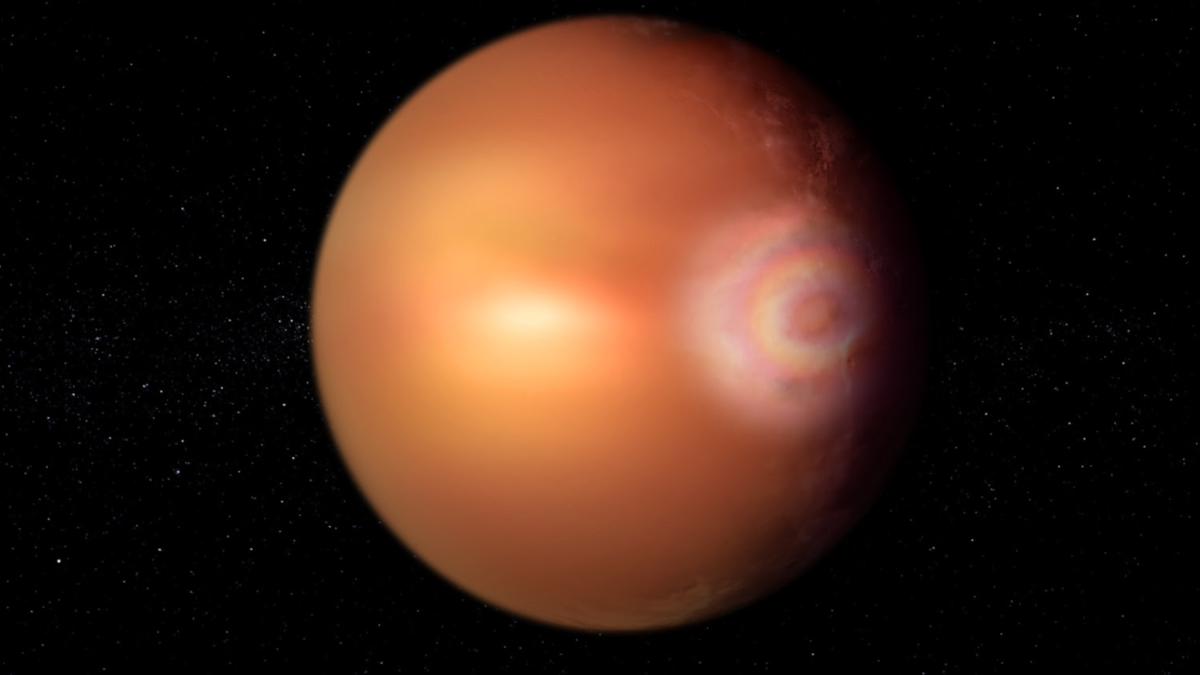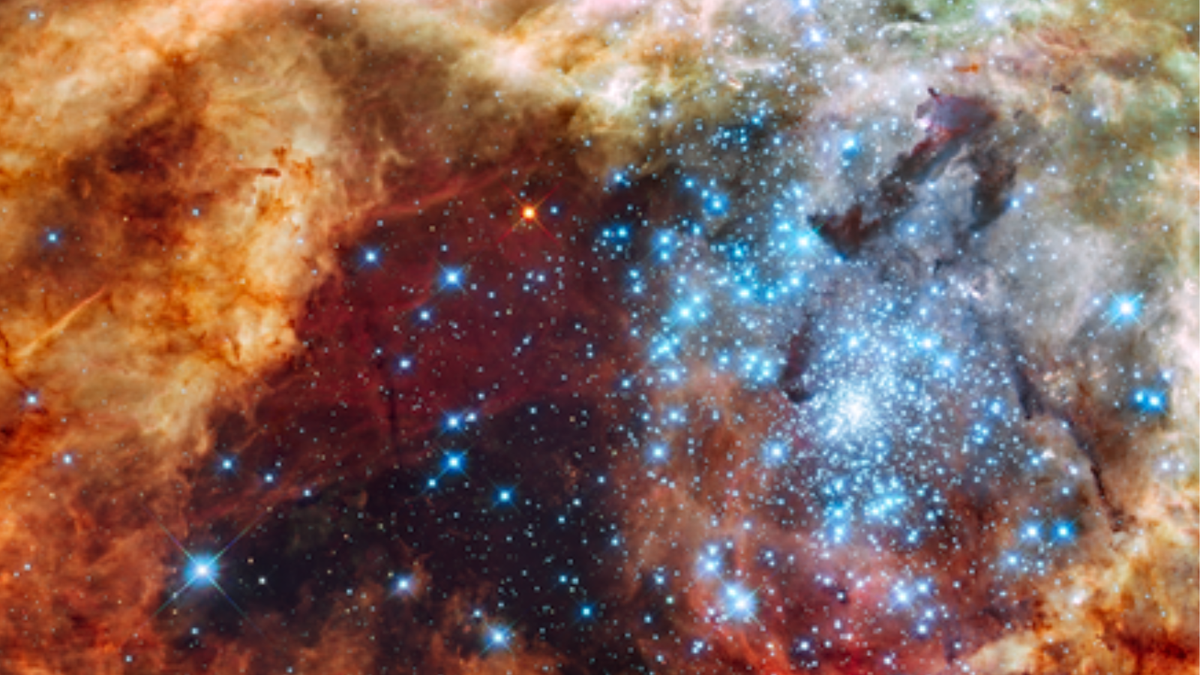Revolutionizing Our Understanding of Planetary Evolution
At the conclusion of 2023, astronomers were met with a groundbreaking revelation within the depths of the Orion Nebula. Utilizing the James Webb Space Telescope (JWST), the scientific team uncovered a striking total of 40 pairs of planetary mass entities, none of which were observed to be in orbit around a star. Termed as Jupiter-Mass Binary Objects, or JuMBOs, this unexpected discovery posed a direct challenge to the established theories of star birth and planet formation. The origins of these enigmatic celestial bodies remained shrouded in mystery, leaving the astronomical community puzzled on how such a substantial collection of paired entities had come to traverse the Orion stellar nursery, situated approximately 1,350 light-years distant from our planet.
Solving the Puzzle: A New Perspective on Planetary Dynamics
In light of this perplexing scenario, a team of astrophysicists hailing from the prestigious University of Nevada and Stoneybrook University have taken a proactive stance in unraveling this cosmic conundrum. Proposing a compelling model, these scientific minds believe they may have finally decrypted the enigma surrounding the existence of JuMBOs. The proposed model offers a paradigm shift, postulating how these curious celestial bodies could have been ejected from their native systems, embarking on a rogue journey while still remaining in tandem with a binary companion.
The repercussions of these findings, if validated, are poised to reconfigure our existing framework of planetary evolution. Reflected upon by a postdoctoral fellow at the Nevada Center for Astrophysics, Yihan Wang, these simulations could usher in a new era of insights into planetary dynamics and the diverse array of planetary systems scattered across our vast universe.
Paving the Path for Future Research: Insights into Planetary Formation
These JuMBOs, characterized by their unorthodox existence, have long confounded scientists due to their deviation from conventional star and planet formation models. Conventional wisdom dictates that these gaseous, binary entities should have originated through the collapse of dense regions within gas and dust clouds, a process akin to stellar formation. Yet, the atypical nature of JuMBOs introduces a narrative distinct from the standard celestial chronicle.
Unlike their massive stellar counterparts, the likelihood of a star possessing a binary companion becomes markedly diminished with decreasing stellar masses. This disparity in binary pairings attests to the rarity of spotting brown dwarfs or stars akin to the sun in a binary arrangement. Notably, the creation of JuMBOs, residing beneath the mass threshold of brown dwarfs, further exacerbates the mystery surrounding their existence.
Moreover, prevailing planetary formation models fail to account for the genesis of JuMBOs, underscoring the dramatic deviation exhibited by these peculiar entities. The prevalent notion of planets being forcibly expelled from their home systems following violent ejection events should have dismantled any gravitational tether binding a planetary pair together. The discovery of 40 JuMBO pairs within the Orion Nebula decisively negates the possibility of such a tumultuous scenario, thus demanding alternative elucidation.
To untangle the web of uncertainty encircling JuMBOs, the interdisciplinary team turned to sophisticated supercomputer simulations, delving into N-body interactions within densely populated stellar clusters. Through these computational experiments, the researchers postulated that massive planets could be ejected from their celestial abodes while retaining their gravitational unity. This groundbreaking insight suggests that JuMBOs may spawn from the bosom of densely packed stellar gatherings, thereby hinting at the prevalence of these rogue binaries in our cosmic neighborhood.
The far-reaching implications of these findings delineate a new trajectory in planetary formation studies, emphasizing the interplay between orbital dynamics and environmental conditions shaping the birth of planetary systems. As articulated by Rosalba Perna, a distinguished professor of physics from Stony Brook University and a key member of the research team, the team’s discovery advocates for the pivotal role of dynamic stellar interactions in sculpting unconventional planetary systems within dense stellar enclaves.
Envisioning a New Frontier: Prospects for Exploration
The research outcomes, disseminated on April 19 in the prestigious journal Nature Astronomy, have set the stage for forthcoming investigations into JuMBOs, potentially facilitated by the very instrument that catalyzed their discovery—the JWST. Elevating the narrative of planet formation to unforeseen heights of complexity, the team anticipates a vibrant interplay between observational insights and theoretical frameworks, culminating in the refinement of our understanding of giant planet formation.
Embracing this scientific odyssey, Zhaohuan Zhu, an esteemed astrophysicist from UNLV and a vital contributor to the research endeavor, expressed optimism for the prospects of forthcoming JWST observations. By leveraging the cutting-edge capabilities of this space-borne observatory, researchers are poised to unearth unprecedented revelations that will enrich our comprehension of planetary formation, ultimately paving the path for the inception of novel theoretical paradigms.
Image/Photo credit: source url





